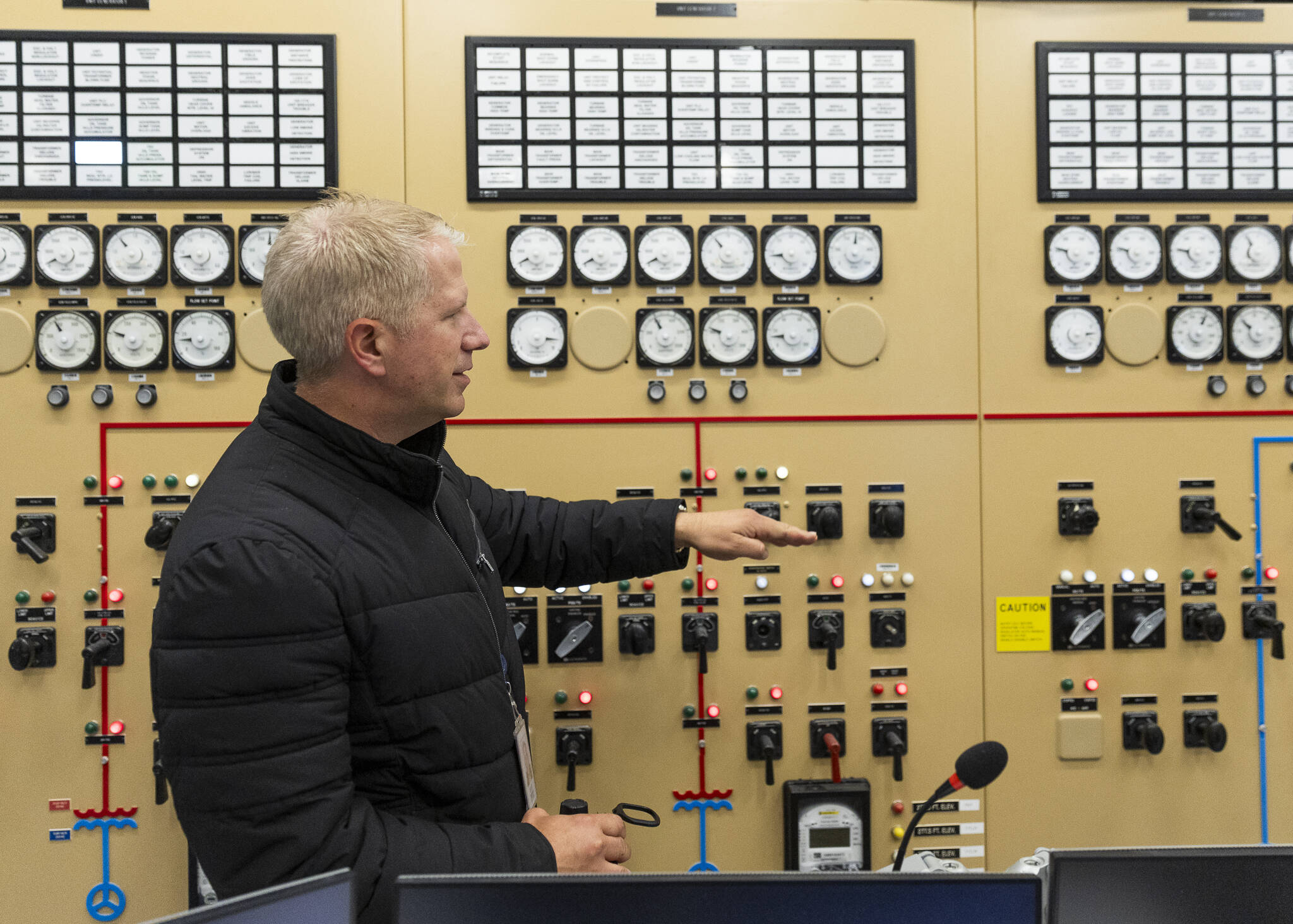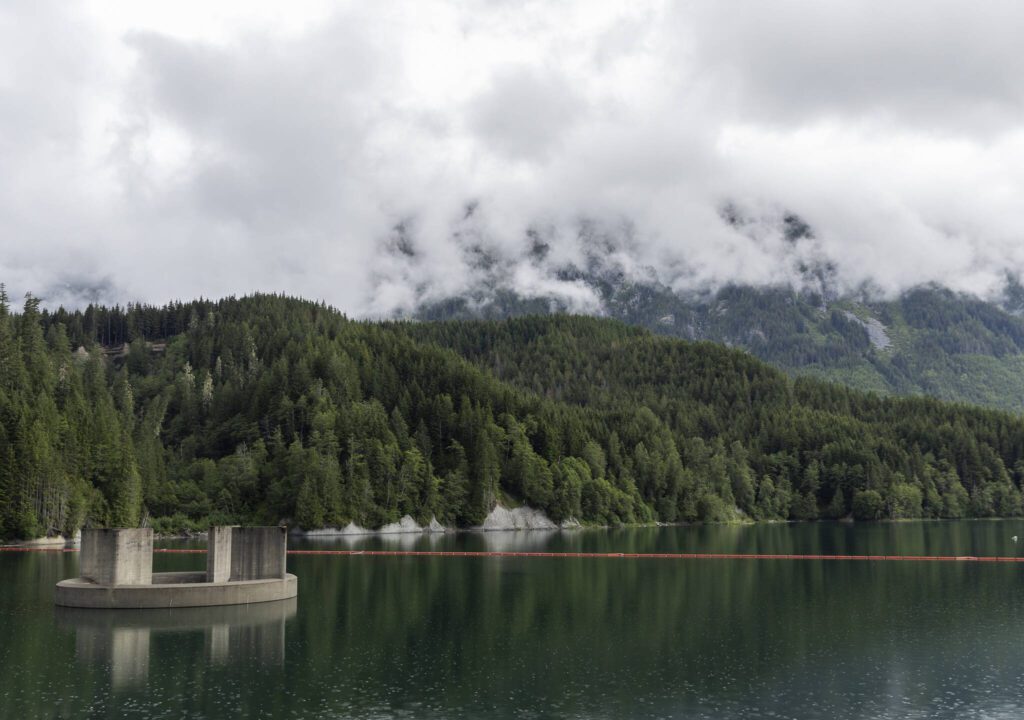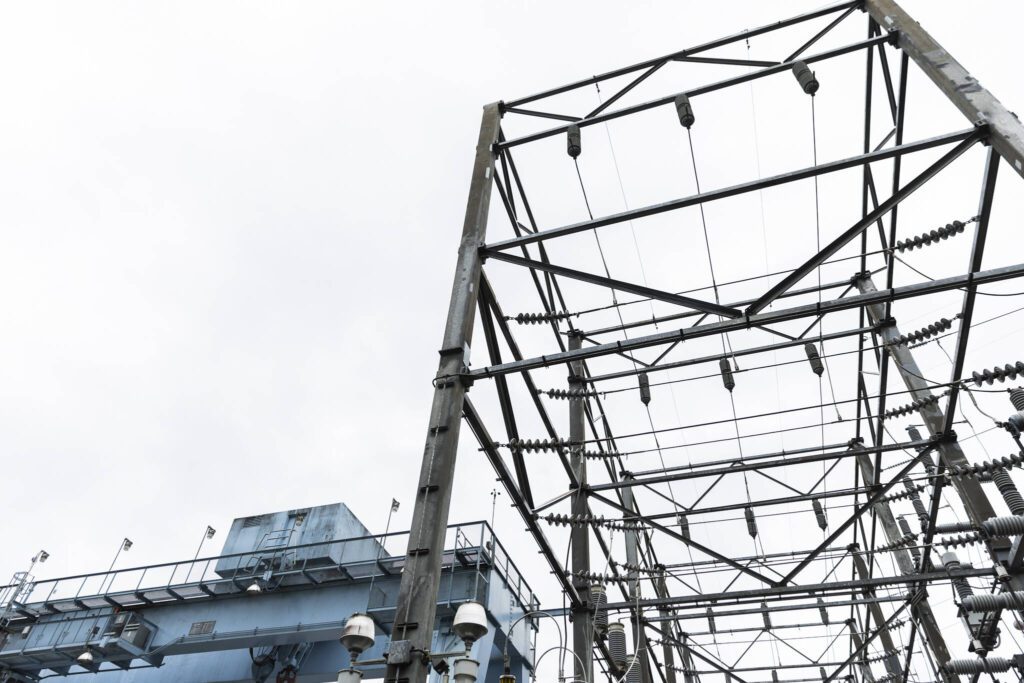SULTAN — After increasing rates in April, Snohomish County Public Utility District is changing its contract with the Bonneville Power Administration in October as an effort to supply more affordable, reliable and sustainable energy to the county.
The new contract will change how the district buys energy from Bonneville and “will significantly reduce the cost impact of future extreme weather events that drive up electricity costs,” Kellie Stickney, the lead communications manager for PUD wrote in an email on Friday. The change goes into affect on October 1.
While PUD has a handful of hydroprojects and other power-producing plants, a majority of the energy fueling the county is bought from Bonneville, which uses hydropower produced by dams on the Columbia and Snake Rivers.
The energy dams can produce fluctuates with seasons and conditions, and customer demands ebbs and flows with the patterns of people’s days. As a result, how public utility districts buy and rely on energy from Bonneville affects customer rates, Senior Power Supply Manager Garrison Marr said on Wednesday.
During 2024, Snohomish County was hit with multiple severe weather events. On Martin Luther King Jr. weekend in January, the county experienced unusual sub-freezing temperatures, spiking energy demands, Marr said.
Because that weekend happened to coincide with a time Bonneville wasn’t producing a lot of energy, PUD had to buy energy from the wholesale market — from other suppliers around the country — which can be drastically more expensive, Marr said.
The event cost the district $45 million.
The bomb cyclone in November, which at its peak left 135,000 Snohomish County and Camano Island residents without power, cost the district $16 million on restoration efforts.
To make up for lost dollars, PUD raised its rates in April, costing customers an additional 13-21 cents per day. With the new contract, the district will eliminate the risk of having to buy power from the wholesale market during demand spikes or Bonneville energy lulls, significantly reducing the potential cost impact for customers, Marr said.
The new contract reduces those risks by altering the set amount of energy PUD gets from Bonneville.
Public utility districts can buy different types of products, or configurations of energy, from Bonneville.
A block, aptly named, is a static product, with a public utility buying the same megawatt hours all hours of the year, regardless of customer demand.
Blocks are “not helpful for us because our customer loads vary a lot,” Marr said. “We tend to have more morning consumption and evening consumption” when people are getting ready for work or at home for the night.
A block-slice, the product PUD currently buys from Bonneville, allows for some flexibility. PUD buys roughly half a block of set energy, Marr said, and the additional slice creates room for the district to buy more or less at a time depending on demand.
After October 1, PUD will switch to a load-following product. PUD will figure out what energy resources it can bring to the table with its hydropower projects and other power plants and then contract Bonneville to supply the rest of the needed energy, regardless of fluctuations, Marr said.
The load-following product “really helps us from the reliability perspective because, let’s say for whatever reason, electric vehicles take off in a way that was just not anticipated,” he said. “Bonneville is going to have to flex up and give us more power to accommodate those electric vehicles because we said we’ll bring our resources to serve our load, and you do everything else.”
The new product will eliminate the situation of PUD having to go into the wholesale market during unforeseen circumstances, like last year’s expensive MLK weekend, Marr said.
Since the majority of the power PUD generates comes from hydroprojects, the district is also working to make sure river and fish health aren’t negatively impacted by any changes in dam operations.
“We’re working on an optimization model right now to help inform our decision making,” said Andrew McDonnell, PUD’s hydropower biologist. “In the end, I don’t think our operation is going to be much different at all.”
The new contract also ensures the district knows it’s energy supply is sustainable, whereas wholesale market energy could come from a variety of sources, such as coal plants, Marr said.
“It’s important to note that utilities across the nation are in a transformational period,” Stickney said. “We need to invest in our grid, meet standards for clean energy and prepare for a more electrified future. While the PUD is proud that we haven’t had to increase our rates to the extent as other regional utilities, our current rate structure allows us to meet the needs of our customers in the future.”
A previous version of this story incorrectly spelled Kellie Stickney, the lead communications manager for PUD.
Eliza Aronson: 425-339-3434; eliza.aronson@heraldnet.com; X: @ElizaAronson.
Eliza’s stories are supported by the Herald’s Environmental and Climate Reporting Fund.
Talk to us
> Give us your news tips.
> Send us a letter to the editor.
> More Herald contact information.





























